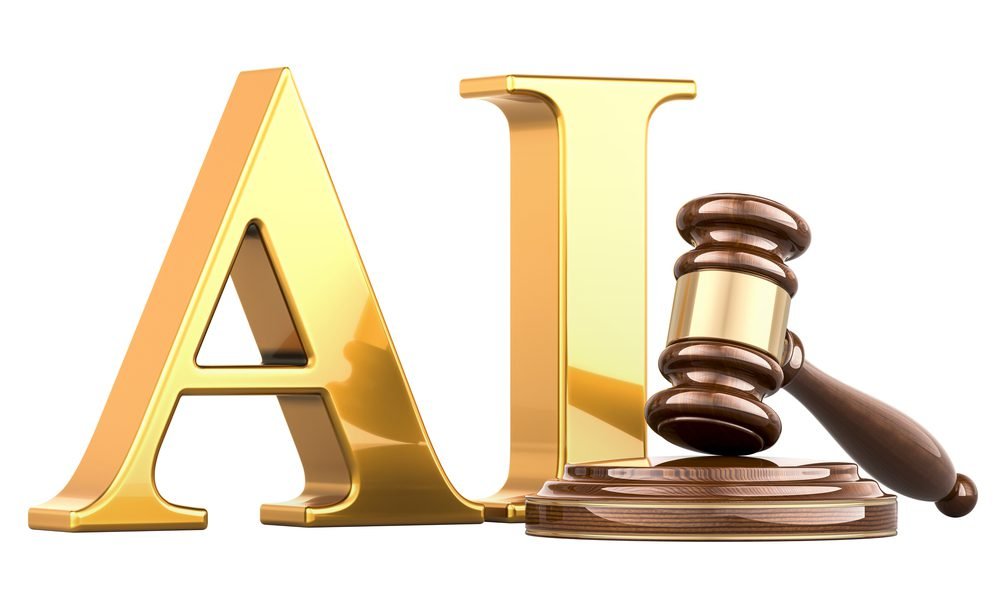“By eliminating shortcuts through piracy, [the Anthropic settlement] compels AI companies to engage with the legitimate marketplace for training materials.”

Tech companies regularly ask for special treatment, arguing their innovations are too important to be slowed down by existing laws. But when these companies grow big enough to affect billions of people’s lives, those early shortcuts become serious problems.
The Anthropic case shows this pattern perfectly. The company markets itself as providing ethical AI, yet it trained its models using books stolen from piracy websites. When challenged in court, it agreed to pay $1.5 billion and destroy the pirated materials without admitting wrongdoing.
This settlement matters because it upholds the principle that AI companies don’t get a free pass. Instead, it shows how innovation can work within existing copyright law without killing technological progress.
A Distinction That Matters
The agreement addresses approximately 500,000 copyrighted works, requiring Anthropic to pay on average $3,000 per work for its use of pirated materials. Critically, this settlement does not license future training or release any claims based on infringing outputs of Anthropic’s commercial products. It penalizes past violations while requiring Anthropic to destroy illegally obtained materials and seek legitimate licensing going forward.
This distinction matters. Judge William Alsup’s ruling clarified a crucial boundary: regardless of whether AI training on lawfully acquired books might qualify as fair use (Judge Alsup thought it could but other Judges including Judge Chhabria in the very same district have concluded it does not), building a “central library” of millions of pirated titles most definitely does not. This finding makes clear that AI companies may not shortcut the licensing process through piracy.
The settlement’s most important feature may be its price discovery function. By eliminating shortcuts through piracy, it compels AI companies to engage with the legitimate marketplace for training materials. In economic terms, this helps establish that works have value in training contexts, creating conditions for an ecosystem where creators can negotiate fair compensation.
The $3,000 per work figure functions as a baseline rather than a ceiling. Future licensing negotiations between AI companies and creators will likely establish market rates through normal commercial processes. This approach avoids regulatory interference while ensuring creators receive compensation commensurate with the value their work provides to AI development.
A Roadmap for AI Companies
Emerging technologies from railroads to radio have always tested existing legal frameworks, but lasting progress comes from adaptation, not exemption. Most significantly, this settlement reinforces that technological innovation and promise does not exempt companies from existing legal obligations. This equal application principle extends beyond copyright to broader questions of technological governance.
The settlement also addresses an objection often raised against applying existing laws to new technologies: that traditional legal frameworks are too rigid to handle complex digital-age disputes. This agreement proves otherwise. Working within established copyright law, the parties successfully resolved intricate questions about digital training data, adapting existing contract rights to AI contexts, and industry-wide licensing practices.
Other AI companies facing similar litigation now know that training on unlawfully acquired data is not just a gray area but a billion-dollar liability. More importantly, they have a roadmap for developing practices that respect intellectual property rights while enabling continued innovation.
A Good Balance for the Future
The settlement also provides initial clarity for creators and publishers about the value of their works in AI training contexts. This can facilitate more efficient licensing markets, reducing litigation costs and uncertainty for all parties.
The Anthropic settlement exemplifies balanced innovation policy. It fosters technological development while maintaining legal consistency. By refusing to create special exceptions for AI companies while providing clear paths for lawful development, it promotes sustainable innovation that respects existing rights frameworks.
This approach recognizes that truly transformative technologies succeed not by circumventing established legal principles but by demonstrating their value within existing structures. The settlement establishes a framework that can adapt to future technological challenges without abandoning fundamental principles of intellectual property protection.
Image Source: Deposit Photos
Author: alexlmx
Image ID: 701386918










